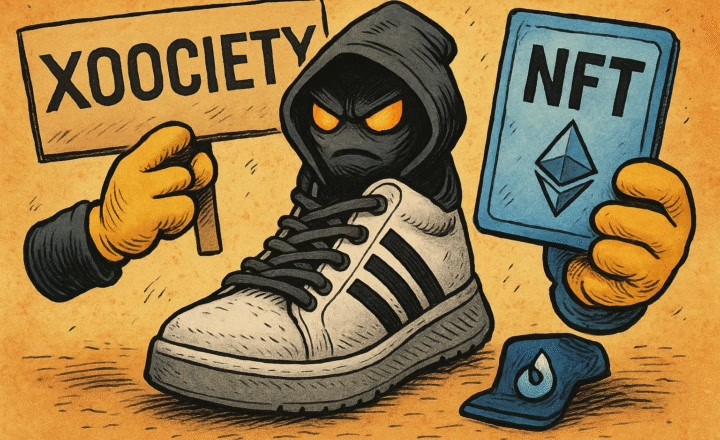Bitcoin Miner Production Falls in June Amid Power Curtailment and Weather Conditions
Bitcoin mining firms across the United States saw a notable decline in production during June 2025, largely driven by strategic power curtailment measures in Texas and adverse weather conditions. Companies sacrificed short-term mining output to avoid costly peak demand electricity charges, aiming instead to maintain low operating costs and ensure long-term profitability.
Riot Platforms Cuts Output to Support Grid Stability
Riot Platforms reported producing 450 BTC in June, marking a 12% drop from the 514 BTC mined in May. CEO Jason Les explained that the production decrease stemmed from the company’s “economic curtailment” strategy, which includes participation in ERCOT’s Four Coincident Peak (4CP) and other demand response initiatives.
The 4CP program, active during the summer months, incentivizes large electricity users like Bitcoin miners to reduce consumption during peak periods. By curtailing power usage, Riot not only enhanced grid stability but also improved its cost competitiveness in the sector.
Despite the lower output, Riot sold 397 BTC for approximately $41.7 million and reported holding 19,273 BTC at the end of the month.
Cipher Mining Adopts 4CP Avoidance Strategy
Cipher Mining also experienced reduced output, producing 160 BTC in June. The company sold 58 BTC and holds 1,063 BTC in reserves.
According to Cipher, the dip in production was a deliberate decision as part of its “proactive 4CP avoidance strategy,” enabling it to sidestep costly transmission penalties and preserve its low power cost advantage. The company’s Black Pearl facility in Texas began contributing to output at the end of June, though the benefits will likely be more visible in July reports.
MARA Holdings Reports Steepest Decline
MARA Holdings saw one of the sharpest declines, with output dropping 25% from 282 BTC in May to 211 BTC in June. Despite the reduced production, MARA chose not to sell any BTC during the month and ended June holding 49,940 BTC.
CEO Fred Thiel attributed the decline to multiple factors, including:
-
Weather-related power curtailments in Texas
-
Storm damage that temporarily affected newer mining equipment
-
The deployment of older machines in the interim
-
Natural variability in mining pool block rewards
These combined challenges led to a notable disruption in the company’s otherwise robust performance.
CleanSpark Defies Industry Trend
In contrast to its peers, CleanSpark posted a 6.7% increase in BTC production, mining 445 BTC in June and only selling 8 BTC. The company now holds 6,591 BTC.
CleanSpark also surpassed its mid-year hashrate target, achieving 20 exahashes per second (EH/s) — a significant milestone that positions it as a leader in operational efficiency during volatile periods.
Industry Outlook
June’s production trends highlight the growing influence of power grid participation programs like ERCOT’s 4CP on the crypto mining industry. While such strategies can limit short-term revenue, they offer miners long-term savings and promote grid-friendly practices, potentially aiding in regulatory compliance and public perception.
As summer heat intensifies in Texas and storm-related risks persist, miners are expected to continue balancing between output optimization and energy cost management — a dynamic that may shape quarterly earnings and influence market sentiment toward public mining firms.












